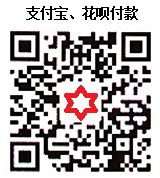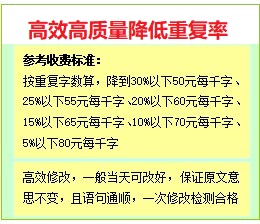|
文档编号:GM346 文档字数:15290.页数:22 摘要 根据世界贸易组织《纺织品与服装协定》的规定, 全球纺织品贸易于2005年1月1日起实现一体化, 历时40年的纺织品贸易配额体制宣告结束。这对于中国的纺织服装行业来说既是一次重大的机遇,也是一次严峻的挑战。配额制的取消能给中国带来一个更加公平自由的纺织品出口环境,中国也就能充分发挥其竞争优势,开拓更为广阔的国际市场。然而配额制的取消给中国的纺织业带来机遇的同时,也带来了更加激烈的市场竞争,各种各样新型的贸易壁垒以及贸易摩擦,所以我国应该慎重的对待这次纺织行业的重大变革。纺织品贸易格局的重大变化对于浙江省的纺织品行业更是一个充满机遇与挑战的时期。纺织行业一直以来是浙江省的出口主导行业,所以在后配额时期以及在当前国际金融危机和各种复杂的国际国内环境下,对浙江省纺织行业的出口环境和现状进行分析,以及针对存在的问题提出解决的对策已显得十分必要。 ABSTRACT According to the rule of ATC, the global textile trade became truly integrated since Jan 1.2005,the textile quota which has 40 years’ history was abolished. It presents a significant opportunity to Chinese export of textiles and apparel. The abolishment of textiles quota brought China a freer and fair foreign trade environment, China can use its competitive advantages to open a broader international market. However at the same time, it also results in more fierce competition various trade barriers and trade frictions, so we should take this significant reformation seriously. The abolishment of quota also means a lot to Zhejiang province, the textile industry is always Zhejiang’s leading industry, so it is necessary to analyze textile export situation in Zhejiang province under this complicated international environment and put forward some countermeasure. KEYWORDS:post-quota,textile ,zhejiang ,situation and measures 目录 第一章 引言 1
|
|
| |
| 上一篇:CPI编制中涉及的几个指数方法的比.. | 下一篇:绿色贸易壁垒对中国农产品出口的.. |
| 推荐论文 | 本专业最新论文 |
| Tags:配额 时期 浙江省 纺织品 出口 现状 对策 研究 | 2011-03-23 18:49:31【返回顶部】 |




